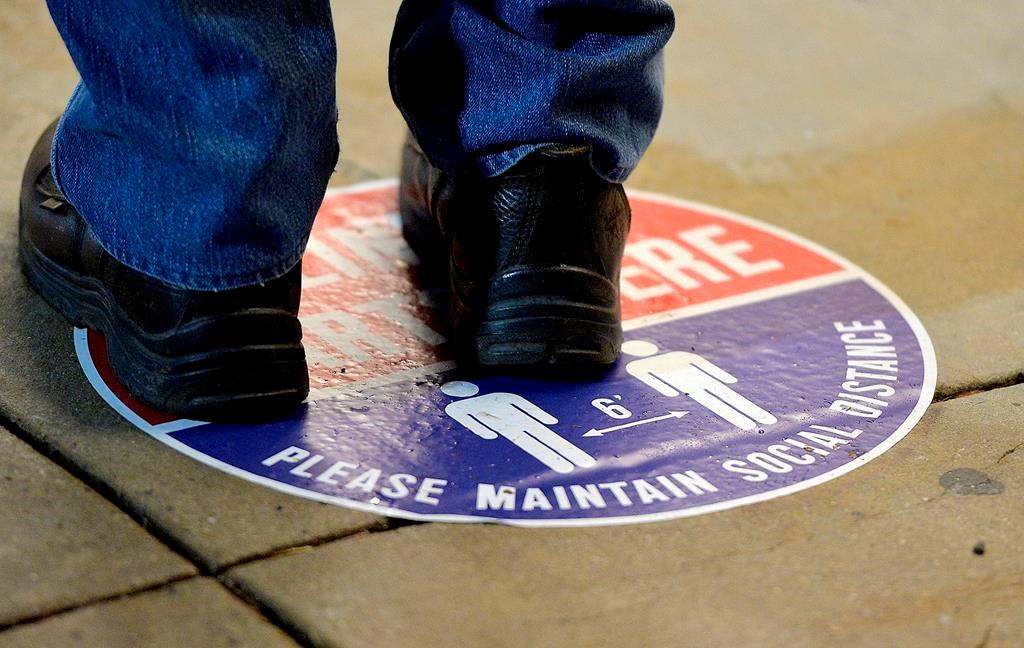Commentary
In so many words—and data—the Centers for Disease Control and Prevention (CDC) has quietly admitted that all of the indignities of the COVID-19 pandemic management have failed: the masks, the distancing, the lockdowns, the closures, and especially the vaccines—all of it failed to control the pandemic.





